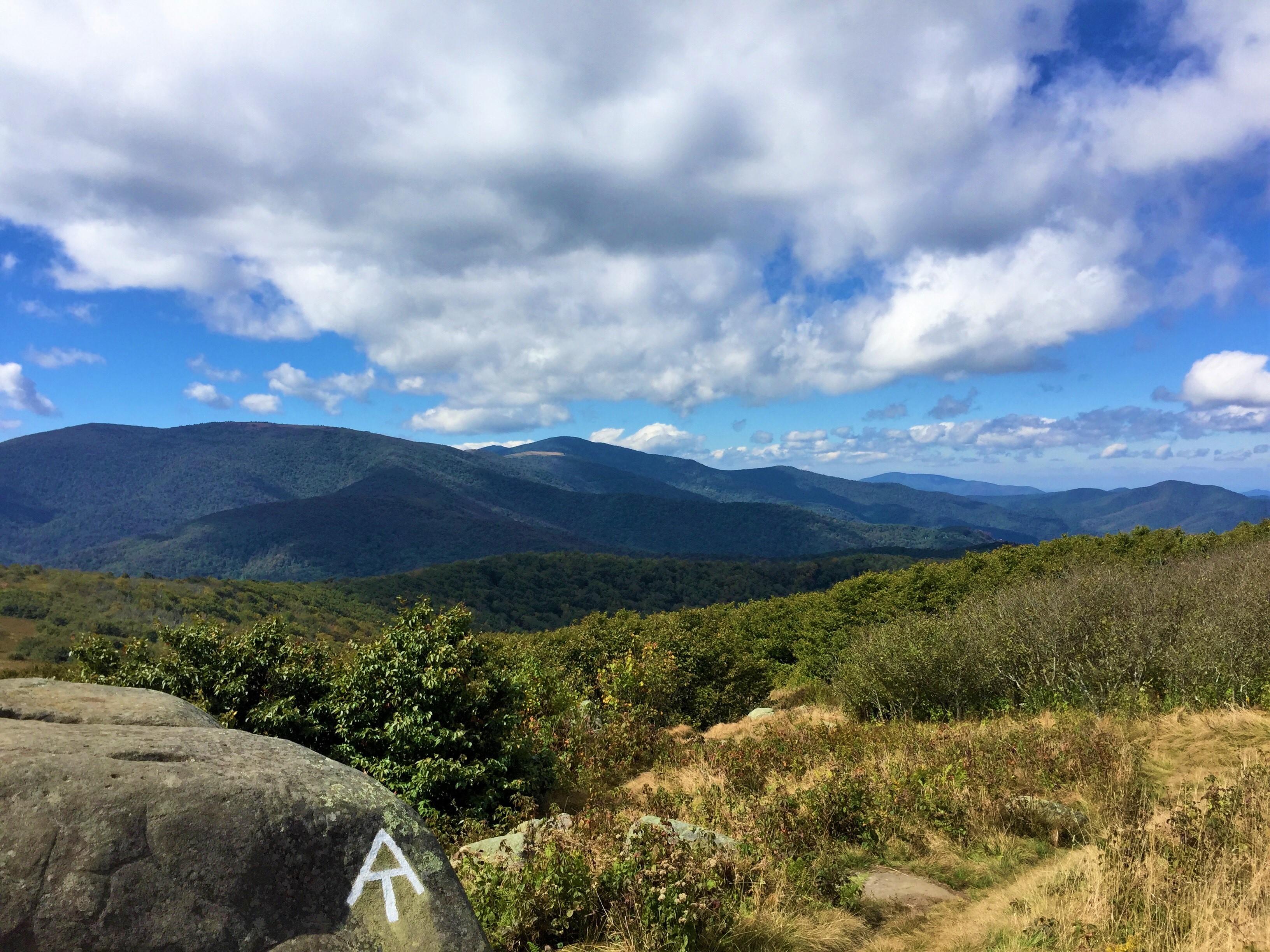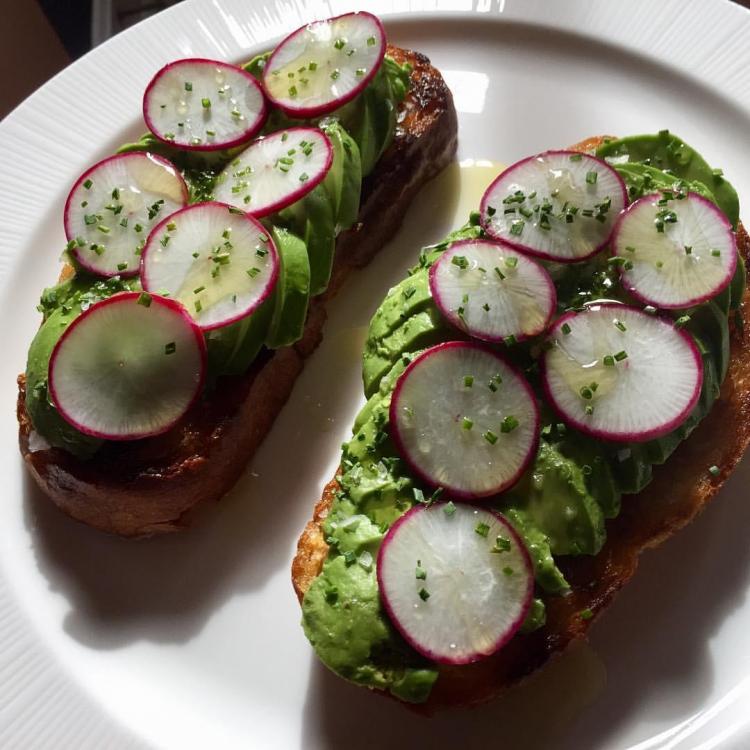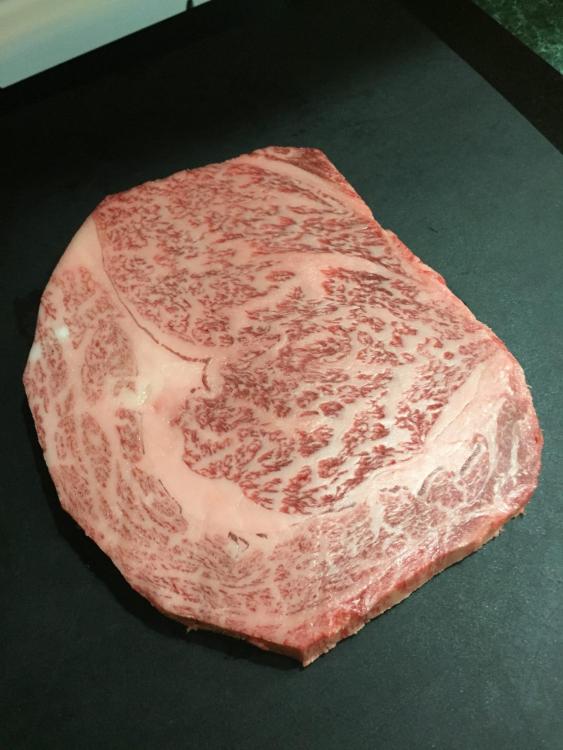-
Posts
1,807 -
Joined
-
Last visited
Content Type
Profiles
Forums
Store
Help Articles
Everything posted by btbyrd
-
I wish they'd reprint the first issue, though a lot of that content is on their website. I'd like a hard copy though.
-
RE: ChefSteps, I just noticed that the Joule app has a visual doneness for corned brisket, but their temps are still in the high range. Their preferred time/temp combo remains 60C for 48hrs, but they also include 70C for 24hrs and 16hours as well as 80C for 8. I've got two in the bath right now going at 60C for 48 hours.
-
I have done many, many long cooks and haven't ever had a bag go "off." Ever. I've used Activa many times and have never had an issue. Ever. I have done "Franken Flanken" before several times, with both skirt and flank steak [not that I was following the recipe... it's just an obvious application for Activa). I would never cook it for that long though. It's just not necessary. I go 3-4 hours tops (but I'm not going for the "cut it with a fork" texture that certain people seem to like for some reason). The dangers of surface pathogens are real but overblown (at least around here). The hysteria on this board recently about Jaccarding is sort of ridiculous. As Martin said above, there are plenty of foods with high surface area that are routinely (and safely) cooked SV. Except that Jaccarding makes SV even better. As per MC, Doug Baldwin, and my own experience.
-
I've only done store-bought SV CB a couple of times, but both times I added a bit of water to the bag so that it could desalinate while it cooks. The reason that commercial CB is so salty isn't that it's necessary from a preservation standpoint... it's not dry-cured, and it's not like you can store it without refrigeration. Rather, it's because they assume you'll be boiling it for hours on end. When I make my own CB, the initial salt level is much lower and it can go straight into the bag without any soaking or added water. Keeping my fingers crossed for Kenji or Chefsteps (or some other competent spirit) to run a bunch of tests on how to get the most out of supermarket corned beef. Kenji does cover this topic in this older post on corned beef, but the lowest temp he tested was 160F, with 10 hours @ 180F being his preferred time/temp combo. It'd be interesting to see a side-by-side texture comparison that included 48 hours at 140F or 72 hours at 130F.
-
Generally speaking, the flavor molecules in spice rubs -- apart from salt and sugar -- are too large to penetrate the surface of meat. I've seen debate about whether or not the ionic activity from salt might be able to carry other flavors into the meat with it, but I haven't seen anyone do controlled tests. I used to add spices prior to SV, but don't anymore. They come off, add little in the way of flavor, and you need to reapply after you unbag anyway. And if you're planning on using the bag jus for sauce, they can cause problems. I have tried many kinds of apples and in my honest opinion, you just can't beat oranges. Joking aside, if you're going for pull-apart, braisey short ribs and don't want to wait all day, pressure cooking is the way to go (though I typically go for less time). 72 hour short ribs are rad though. But the time is only worth it though if you go at 130F. You don't really get anything from 72 hours at 142F that you can't get at 147 in 48 hours. Yep!
-
A lot of melodrama in this thread. "Ruined meat!" Please. If you're a non-paranoiac with a healthy immune system, this isn't an issue. If you are pregnant, elderly, immunocompromised, pasteurize it, buy whole-muscle cuts, or shop elsewhere. If you're irrationally paranoid about food-borne pathogens, cook everything in an autoclave (including your forks, knives, and spoons). I Jaccard pretty much everything. It makes it better.
-
No it doesn't.
-
Have you ever had difficulties cutting a sandwich? If so, what kind of sandwich was it and what was the problem?
-
I'm with Anna. I think it's a heat issue, which was caused by a butter issue. Generally speaking, you don't want to use butter in high-heat applications, and crisping chicken skins is a high-heat application. Here, butter isn't doing anything for you except getting between you and crispy chicken. If your primary concern is keeping the milk solids in butter from browning up enough to burn, you can't also achieve the goal of browning chicken skin and melting the fat out of it. If you need to add butter for some reason (maybe you like the flavor), add it at the end of the process once the skin is pretty much where you want it. Or use ghee/clarified butter from the start. In short, use only oil and go at a much higher heat. You don't need to add a whole lot of oil to the pan, as the skin will render out a good amount of fat as it cooks (but you need to have your pan nice and hot for that to work). Is the pan hot enough? There are a couple ways to tell. The most precise is to use an infrared thermometer. But that's fussy. So is using chopsticks or whatever wooden utensil you have... and that also requires you to add oil to the pan before you can measure the temperature. The simplest way is to add a few drops of water to the pan and see how it behaves. If it's not super-bubbly, the pan isn't hot enough. If starts boiling rapidly and vanishes, you're good to go. If it turns into a blob and starts skating around the pan instead of boiling off, the pan is too hot (and oil will burn immediately). I mean, it's chicken. So you'd serve it with whatever you'd serve chicken with. The ChefSteps chicken thigh recipe (which is also a commercial for Joule) serves them with pureed sweet potatoes and a kale salad, but... it's chicken, so you can kind of do whatever makes sense.
-
Your butcher mislabeled the cut. As you indicated, pork wings are more "finger sized" with a bone attached... only a couple ounces of meat per "wing." What you received is essentially pork shin/shank. I would go 140 for 48 hours next time. If you get a smaller bit of shank, a deep-fry post-sear is the way to go. If it's as big as those monsters you cooked, I'd unbag them, pat them dry, and pop them in the fridge for 30 minutes or so before doing an oven sear (as hot as your oven goes, with convection if you've got it).
-
Oven cleaners typically have lye in them (and that's the primary active ingredient). But it's much cheaper -- and more powerful -- to buy lye crystals (often sold as drain openers) and to make the solution yourself. Of course, you should take the necessary safety precautions. But that's what I used to refinish my grandmother's cast iron pans as well as my Modernist Cuisine baking steel (which had rusted up after a night on the grill). If you're not keen on chemicals, for whatever reason, electrolysis is another potential way to go, as it's effective at removing carbon that's been bonded to iron. I mean, carbon steel and cast iron are essentially the same with respect to care, maintenance, and refurbishing... and there are a billion websites and blog posts about refinishing cast iron. My wife's grandmother (who grew up on a tobacco farm in the rural south) reported that once a year, they'd have a big bonfire and toss their cast iron in it to clean it off and retrieve it from the ashes the next day. I guess I'm still not sure why you're looking to do this to your nicked pan if you'll already be sanding it down further to remove the nick. There's no advantage to stripping it first, is there? Why go through the extra bother of stripping with heat, chemicals, or electricity if you're already doing to be using good, ol' friction?
-
I'd be worried about the braising liquid picking up too much fly ash and other smoke particulates. Having a braising dish or pot (or whatever) sitting on a smoker will catch a bunch of the stuff that's flying around the smoke chamber. That might be fine for an hour or so, but I think it'd start to get gross pretty quickly (depending on how much smoke you're using) and you'd want to put a lid on to prevent it from taking on more smoke flavor. And at that point, you might as well be in an oven.
-
Lye.
-
Thick bread, coated in olive oil and grilled. + avocado, radish, chives, and Maldon salt. And some more olive oil.
-
Please, let's all make a capital case against SV from a few off-hand remarks by judges on a television show. They're clearly sufficient to establish that low-temp cooking dries out whatever you're cooking, so we should all throw our circulators in the trash. Or become vegetarians. We all know that Sean Brock would never cook meat in a water bath. Ever. </sarcasm> We don't really know anything about the time or temperature on the tenderloin, and we don't know if it was treated in any way before hand. It's hard to tell in the clip, but it looks like the circulator was set for 60C (which is too high, in my opinion). And she could have left it in for longer than she needed to (since it's not very thick). Doing a pre-cook brine (or salt treatment) increases moisture retention, as does Jaccarding the meat. If she brined the pork and cooked it to 130F for one hour before searing it hard at the end, I suspect it would have been much better.
-
I think you're overthinking things. Don't use Shutterstock as a source of information. It's a stock image / video site... it's not meant to be instructional, and nobody checks the content to make sure the techniques they use are "correct." Also, in the future, if you're going to reference a video or whatever in a post, please provide a link to whatever it is you're talking about. If you're going to mention an ATK video or a shutterstock clip or a Marcus Burics instructional video, link to the video. Yes, ahi is soft. Honestly...
-
I mean, it depends on what you're cutting and what the purpose is. Are you cutting up a raw chuck roast to make stew? Or breaking down a subprimal cut into individual portions? Or are you carving a cooked rib roast for presentation on the plate? Or slicing a ham? How thick is what you're cutting? Etc... If you're trying to produce the smoothest surface on a cooked piece of meat, it is best to use a large knife and pull in a single stroke. Sawing back and forth will produce visible lines on the meat which can make it look "mangled." Sometimes that matters. Sometimes it doesn't. Using a back-and-forth method can also make it difficult to produce cuts of uniform thickness (depending on what you're cutting) since you're making a bunch of strokes rapidly. That's not always the case, but it can be. When I'm carving something cooked, or breaking down a large cut into steaks/chops/whatever, I try to slice in as few motions as possible. Depending on thickness, this can be either a single stroke pulling only backwards (with a very long knife) or a "push forward, pull back" 1-2 slice on thicker items. This isn't my video, but it nicely shows the "1-2" slice that I use on bigger items. Forgive the drum and bass soundtrack; it was the first video I found that showed the technique:
-
This is exactly my experience. I like AC for sauteing because it not only lets you see how brown things are, but it's also much lighter and therefore easier to toss food around in. You can do it with carbon steel or cast iron, but the pans are much heavier. And like Paul notes, AC (and clad stainless generally) is more responsive. And you can cook high-acid foods in it. Like all things, there's no one best tool but only the right tool for the job. I like having both options available.
-
The one thing I reliably buy from Whole Foods because of its price is coffee. I don't know if it counts as food per se, but it's arguably healthy. The 365 Brand coffees are very, very good for the price. My favorite is the Organic Pacific Rim Blend which I buy for the flavor, not because it's organic (it's a dark roast, but not super-dark). My father, who had been buying beans from a local artisan roaster for years, is a recent convert to this blend; he likes the flavor much better and it's less than half the price of what he had been buying. FWIW, neither of us are hardcore coffee people, but we're hardcore compared to the average consumer (we both have burr grinders, Technivorm Moccamaster drip brewers, Chemex pour-over setups, french presses, and Aeropresses). For everyday coffee, it's really hard to beat. Also +1 for kayb's suggestion about cheese-fragments. They're not really less expensive on a per-pound basis, but you can try a variety of cheeses in small quantities for just a few bucks, and if you don't like it you're not out $15 for a big wedge.
-
But no spin. Meh...
-
Is it just me or does that thing look like it would yield a watery salad? Doesn't seem well suited to the task of washing salad items (or, at least, drying them after washing).
-
Also, what @paulraphael said. And here's a link to DeBragga's selection of Japanese Wagyu (which rate quite high on the BMS scale).
-
The whole point of Wagyu is marbling. Insane marbling. Marbling like you ain't never seen before. Japanese Wagyu is rated on a Beef Marbling Scale (BMS) of 1-12, and the highest grades have slightly more fat than muscle. Australian Wagyu has a slightly different rating system, but the highest end steaks are similarly marbled. Steaks from these steer are extremely tender, extremely flavorful, and extremely expensive. And you don't want to eat them like a steak. (For reference, the steak in my picture was on super-duper special sale at a price of $65/lb, which is the cheapest I've ever seen Wagyu of that quality.) Given the genetics and diet, the fat on these cattle contain more monounsaturated fats than conventionally raised or grassfed beef; the fat will melt in your hand -- and in your mouth. And it has a pleasantly sweet flavor that other breeds (with other diets) don't have. It's a mistake to think of a high-scoring Japanese wagyu ribeye (or strip steak, or tenderloin, or whatever) as the same product as non-Japanese, non-Wagyu equivalents (unless there's another breed with similar genetics that also gets fed a similar diet that produces similarly insane marbling). They're like the foie gras of beef, but in muscle form, not liver form. If you want to tuck into a nice, satisfying ribeye, you don't want to sit down and eat a 16oz Japanese BMS10+ Wagyu steak. Because these aren't meant to be eaten like steak. "Lower" grades of Wagyu are less marbled and can be eaten in a "normal" fashion... they're like a super-deluxe version of American "Prime" rated beef. The most insanely decadent culinary experience of my life was at L2O in Chicago (which had 2 Michelin stars at the time) where the main "protein" course of our tasting menu consisted of slices of A5 Wagyu striploin layered with slices of smoked foie gras. It was absurd. The fattiest of fat bombs. But they had the restraint to serve a decent portion -- just 3 slices of foie and 4 of beef -- so you didn't die right there at the table. I had no problems though, eating my entire portion and most of my wife's (who was sated after four bites).
-
Depending on how marbled the steak is, you can start searing in a dry pan. The only time I've cooked a wagyu ribeye, it was imported from Japan and rated a 10 or higher and was tremendously fatty. I seared this in a scorching hot, totally dry pan and by the end, it was shallow-frying in its own fat. Since the OP is dealing with American wagyu, I doubt it's anywhere near that fatty... but it still bears noting that the amount of wagyu you can eat is much smaller than you might initially suspect. I regularly eat large ribeyes and thick strip steaks; I can put away a ton of prime rib in a single sitting. But a 6oz portion of this wagyu was still to much for me. My wife could only manage three small slices (but she's a lightweight). There's a reason that this kind of meat is typically served in very small portions. 28 ounces -- or even 14 -- would be torture. Delicious torture, but torture nevertheless. The diminishing marginal returns on fat to deliciousness are steep, at least in this instance. But assuming that your ribeye is much leaner (but still fattier than typical Prime), I'd suggest coating the steak in oil and searing it in a very hot pan, flipping frequently until you get the crust looking good. Then move it to a rack and put it in a low-temp oven (200-225F) until the core comes up to temp. This is the method ChefSteps suggests for cooking steaks without SV, and I've done it on a few occasions with great results.





